Types of Blasting
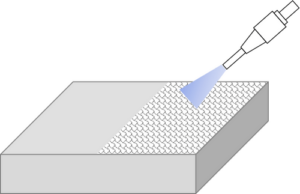
Abrading & Surface Finishing
Polishes or roughens a work surface to increase its adhesion properties. This technique is most commonly used to better prepare a surface for finishing or painting.
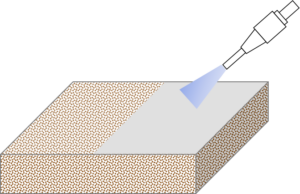
Cleaning
Precisely removes the thinnest layers of residue, film, or coating from a work surface. Varying the pressure and powder type allows for complete customization of quantity and speed of layers stripped.
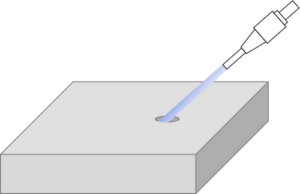
Cutting & Drilling
Can make lines or holes as small as 0.005″ through almost any material. Unlike with normal drilling, holes can be drilled at odd angles and inaccessible spaces, and are made without debris build-up or sparks.
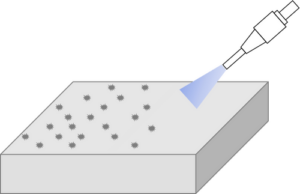
Deburring
Removes unwanted sharp edges, burrs, and fins from metal, plastic, and machined objects with extreme precision and without damage to the surface.
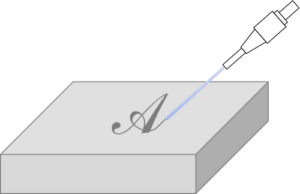
Etching
Allows marking of intricate patterns into glass, ceramics and metals. Artisans often choose to micro-blast in their processes, since etching is as easy as writing with a pencil.
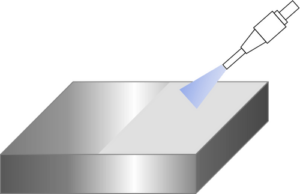
Peening
Removes surface deposits by applying fine glass beads at a high pressure without damage. Many stainless steel medical devices require peening to remove surface shine and prevent glare during surgery.
